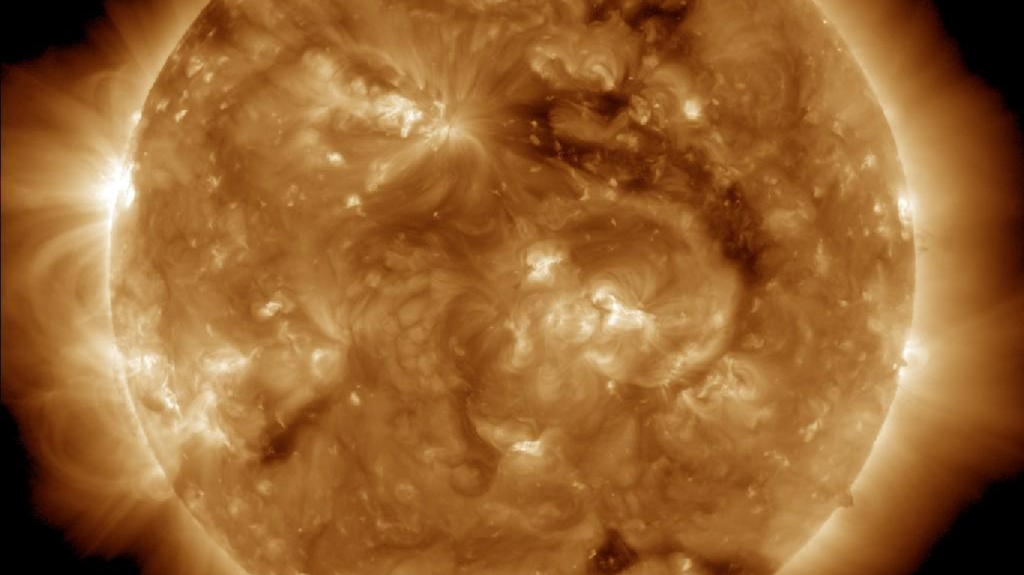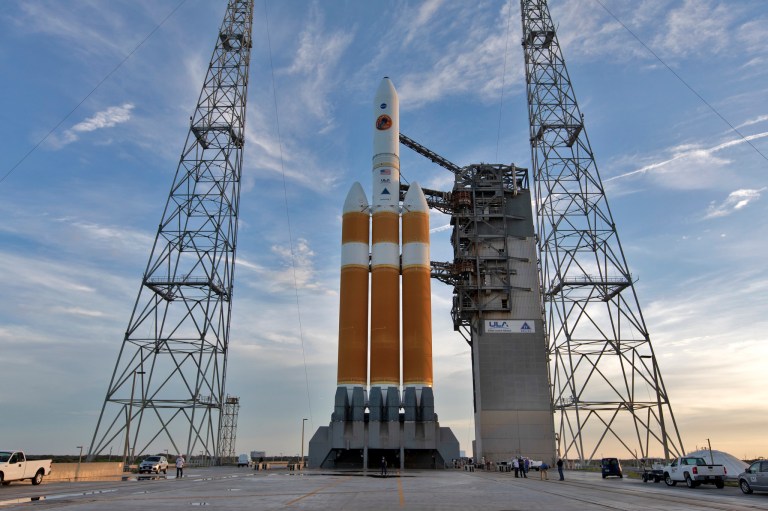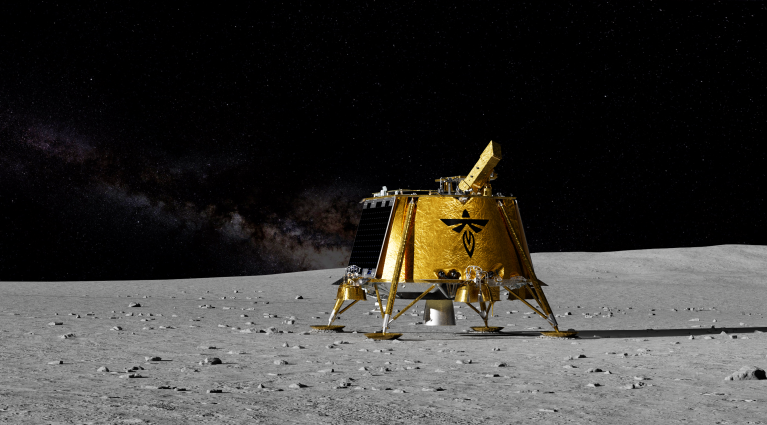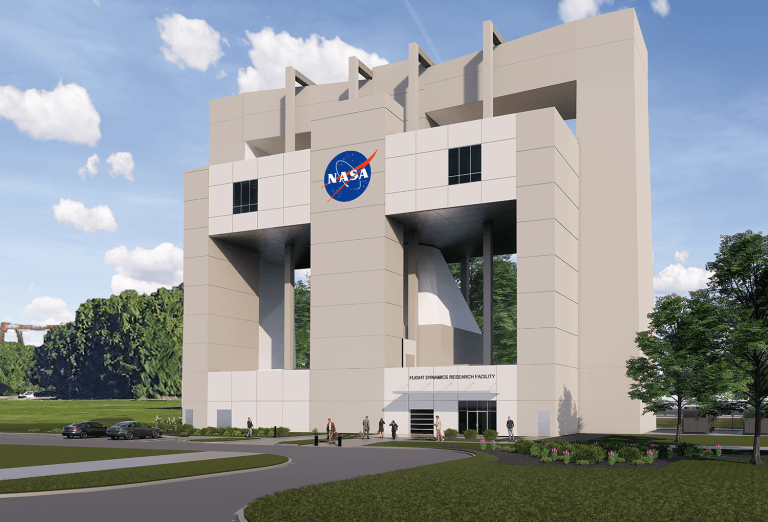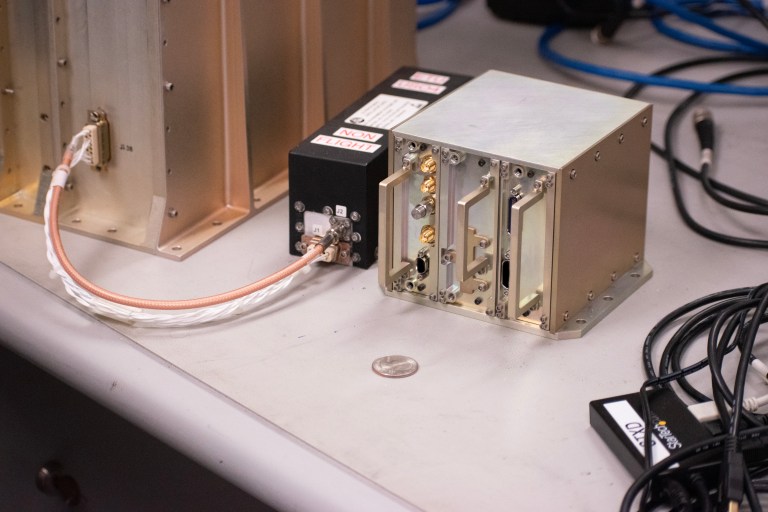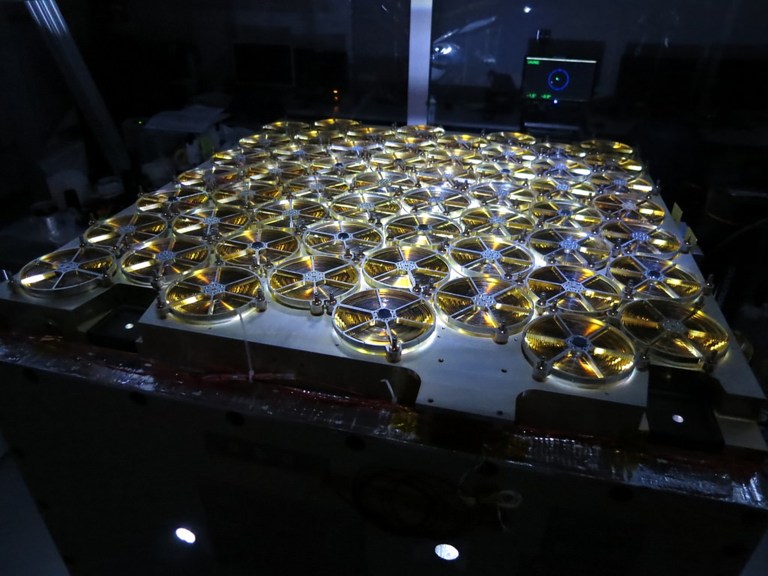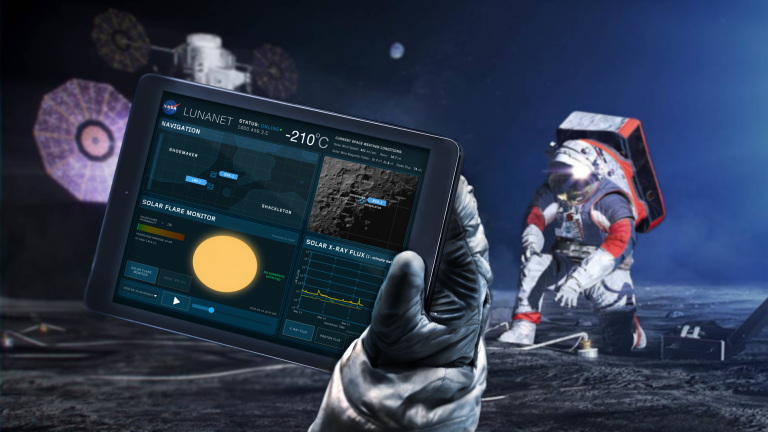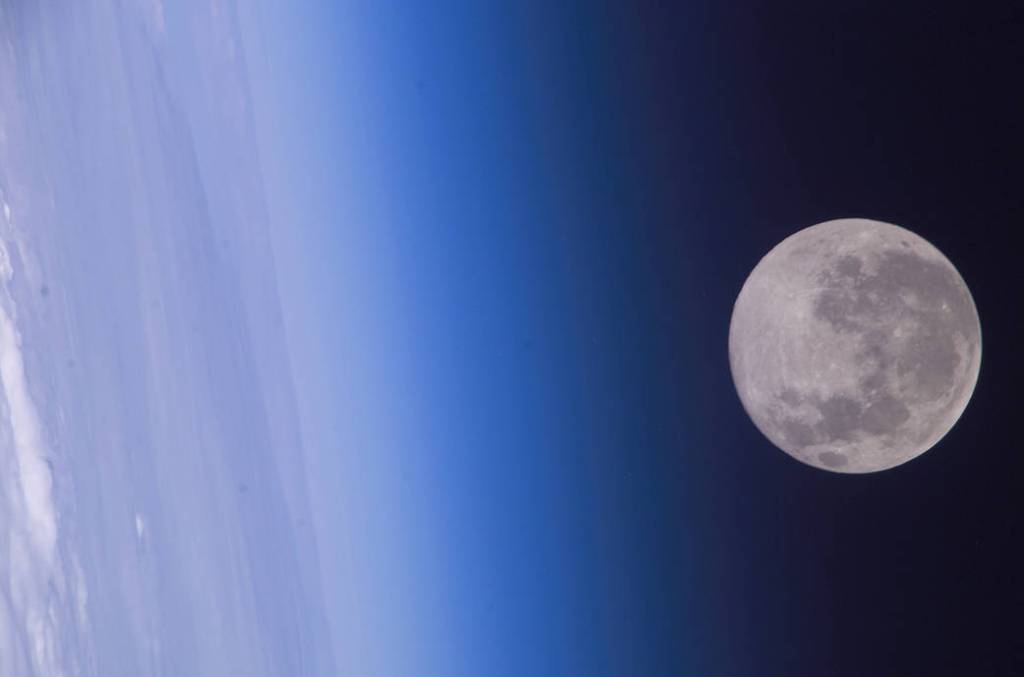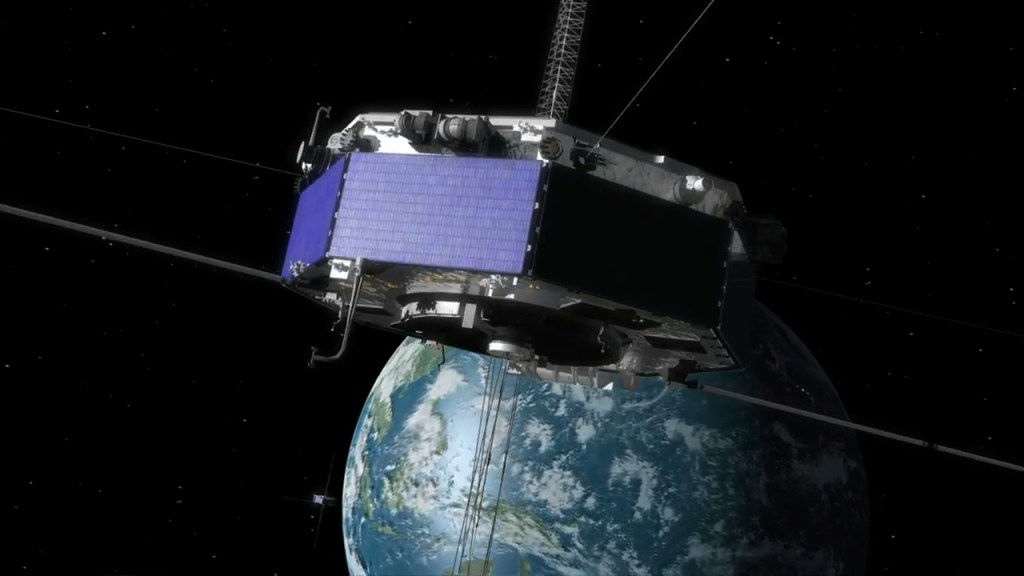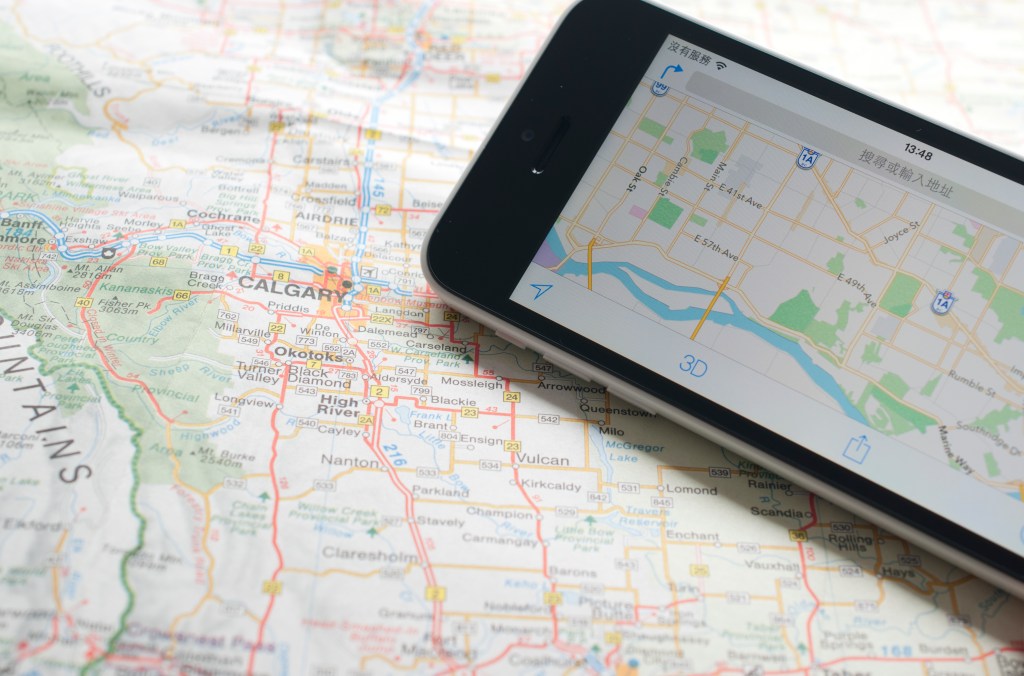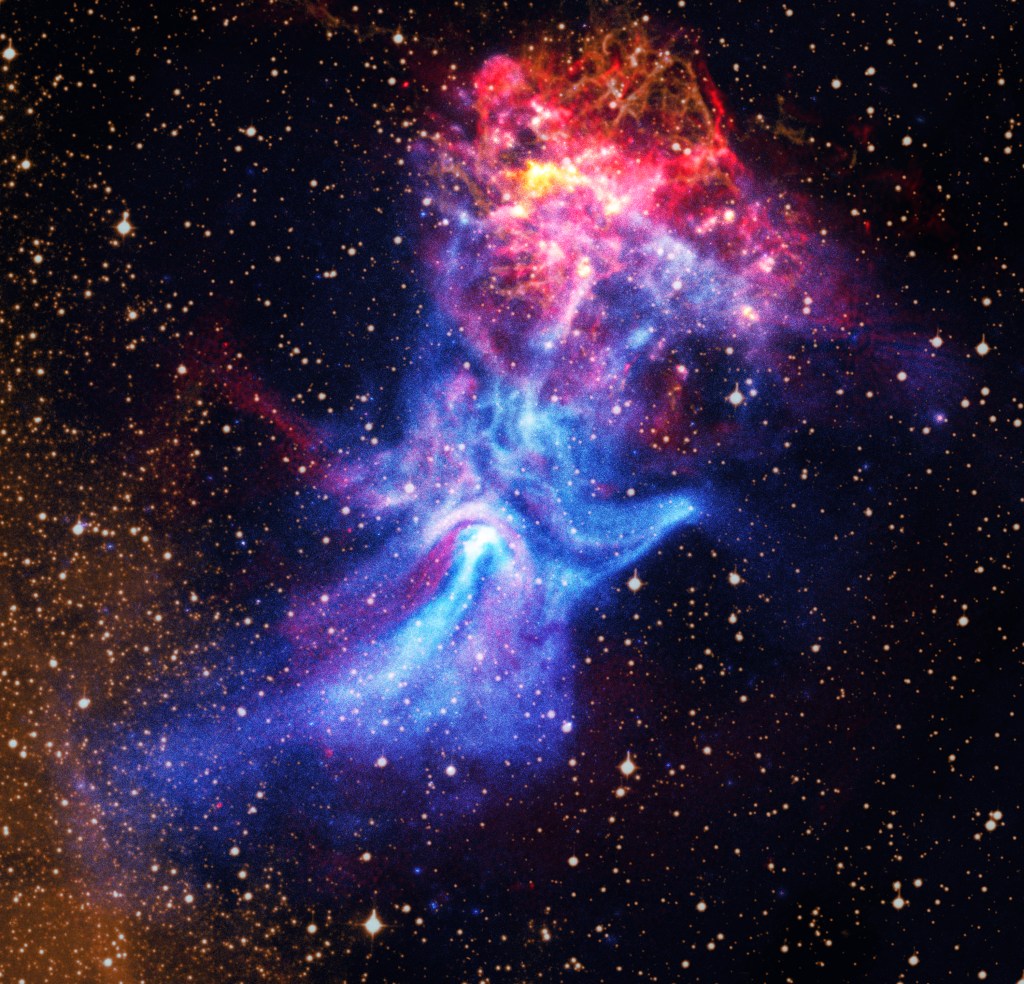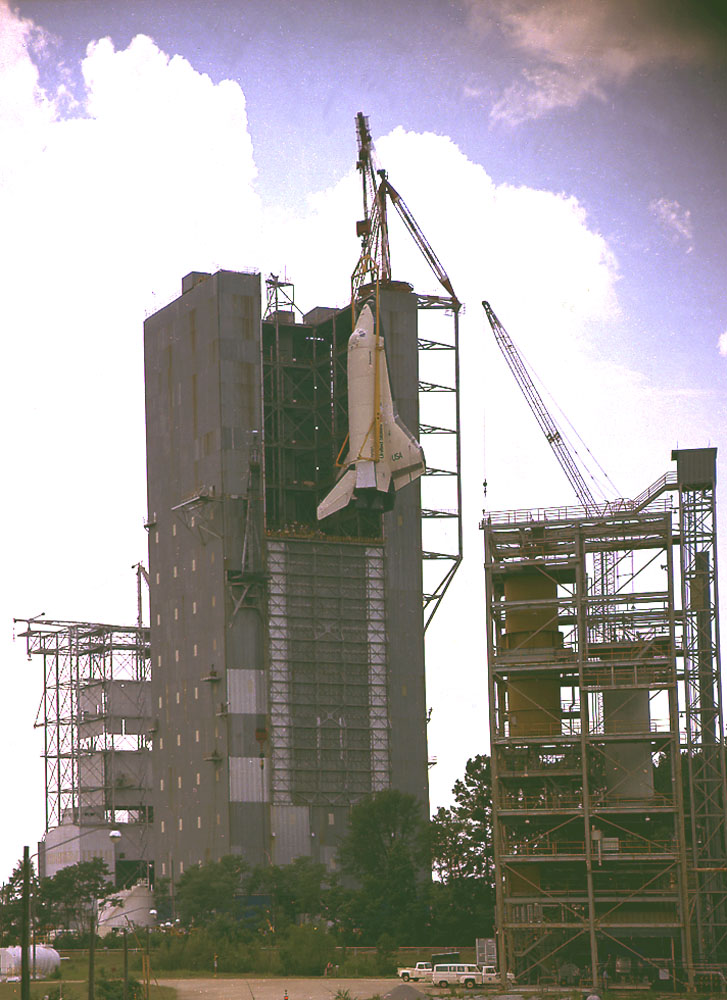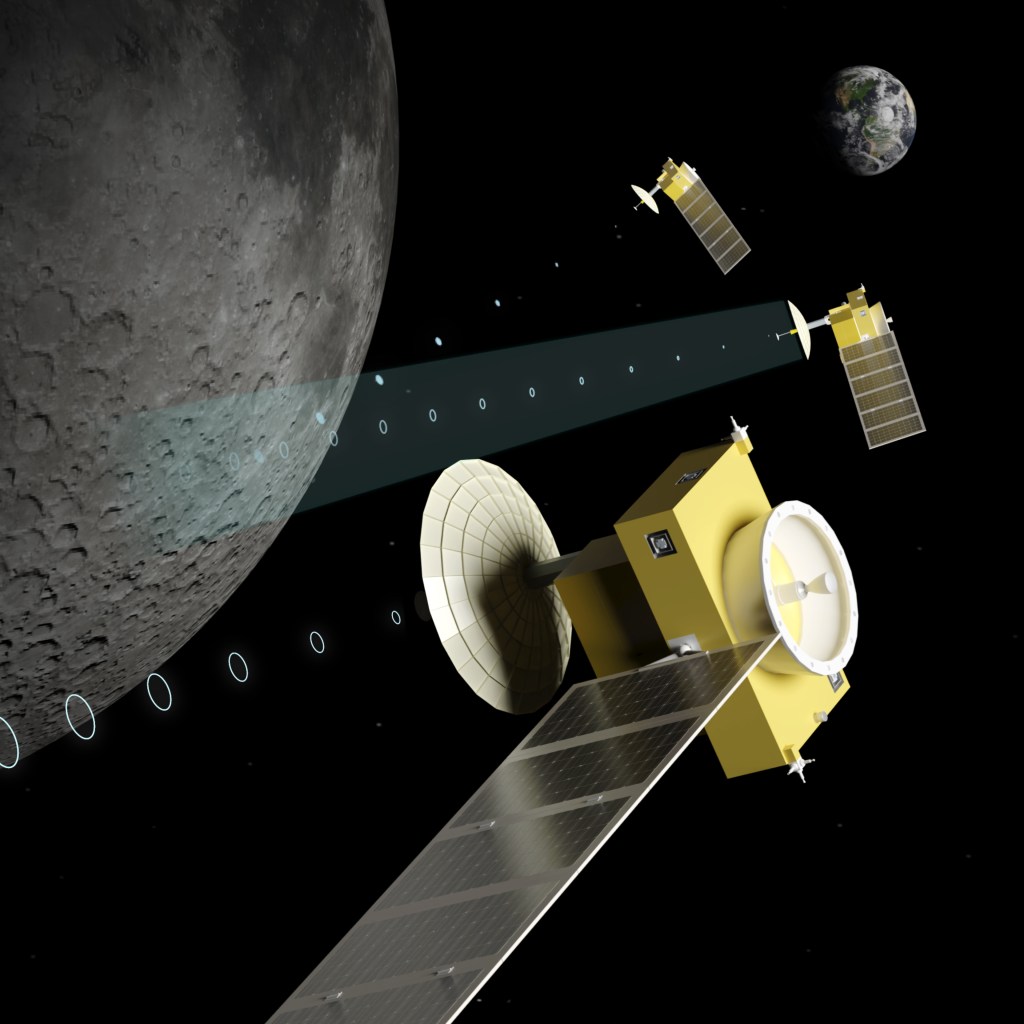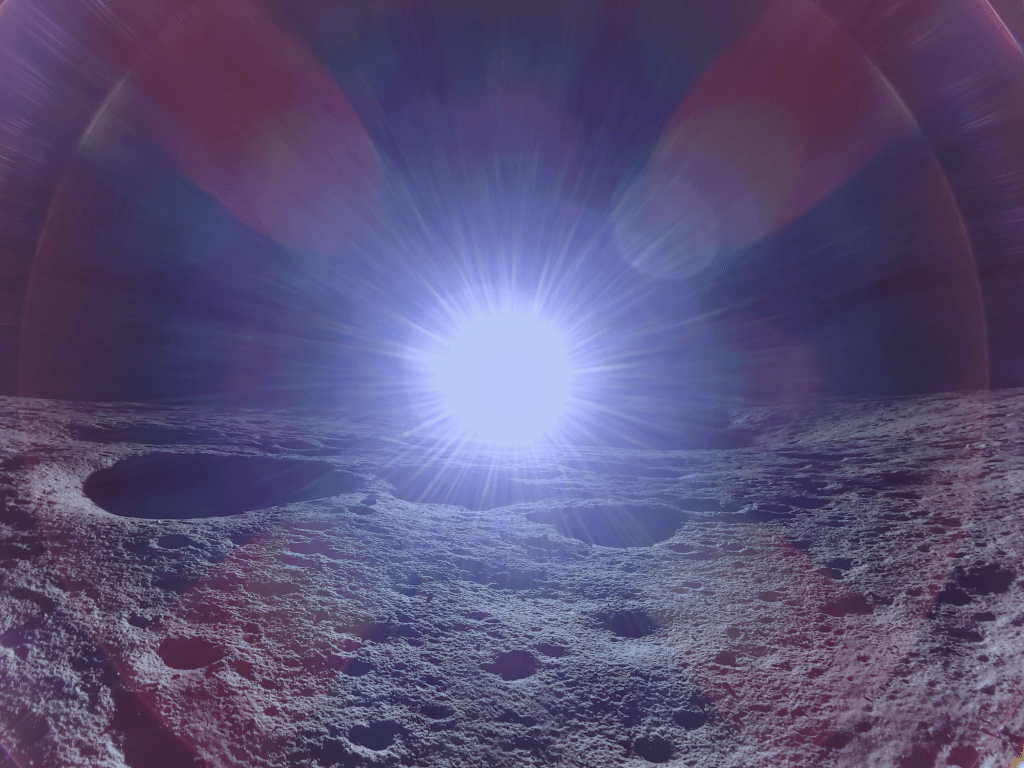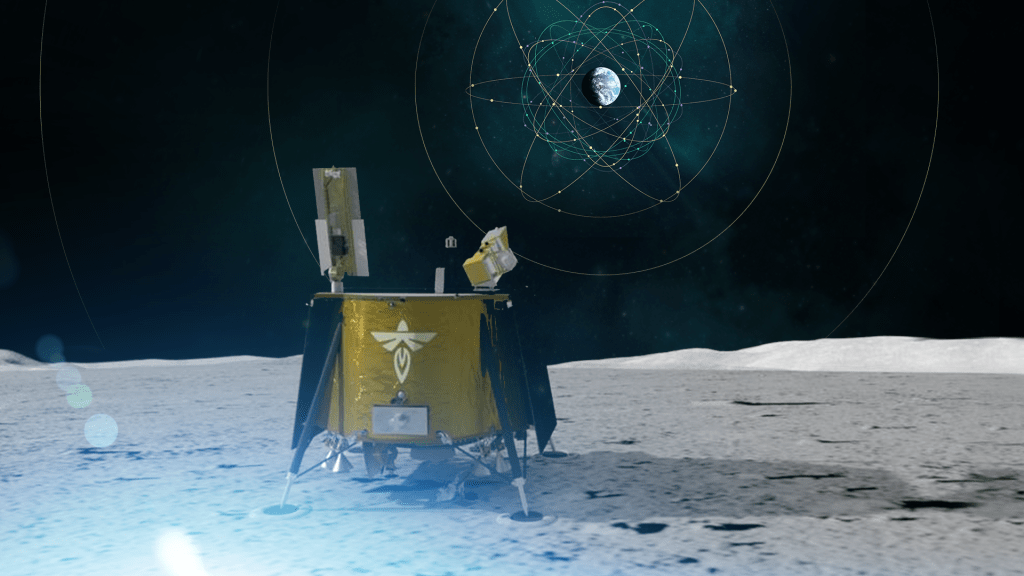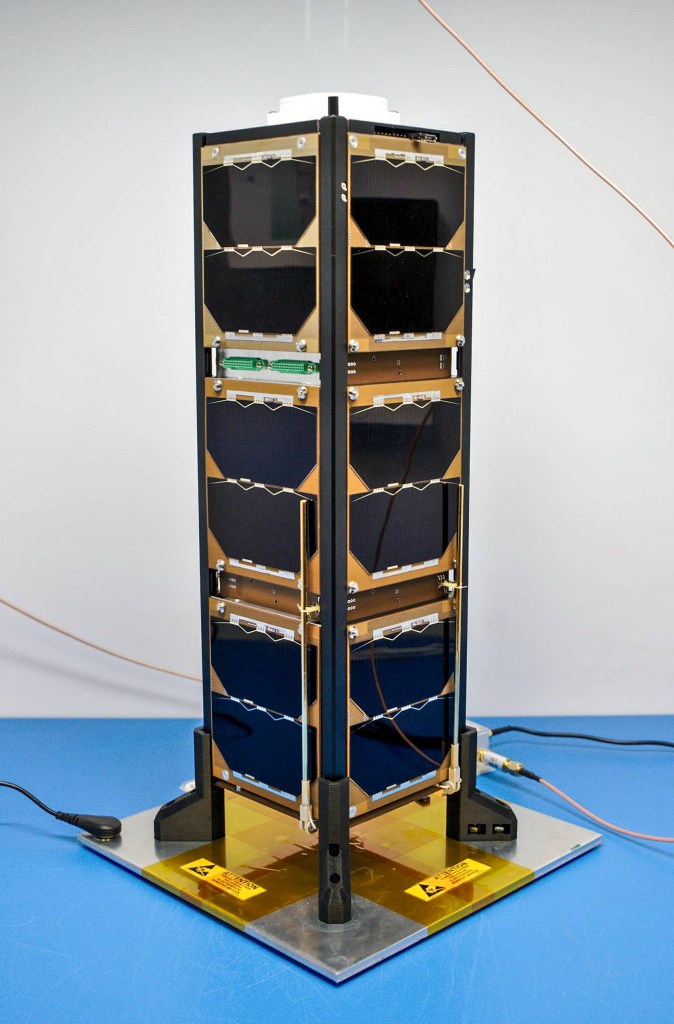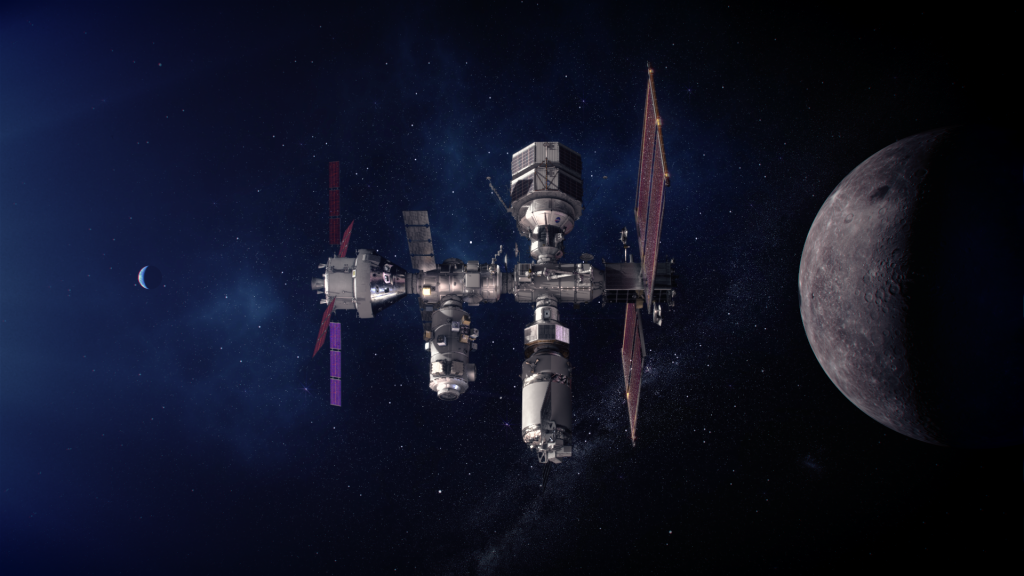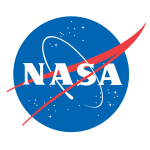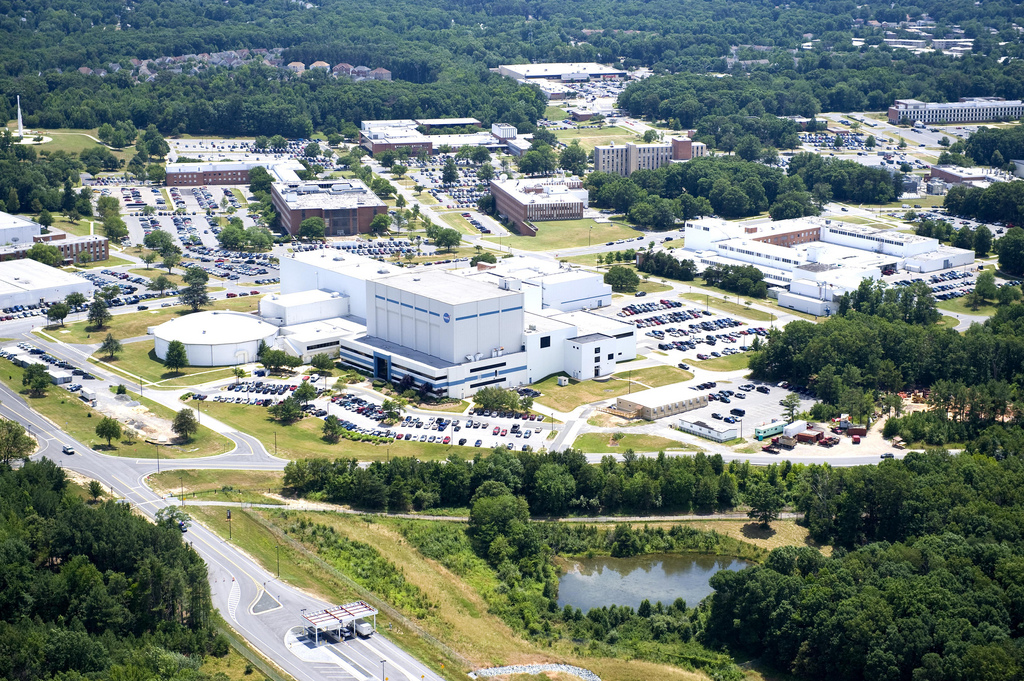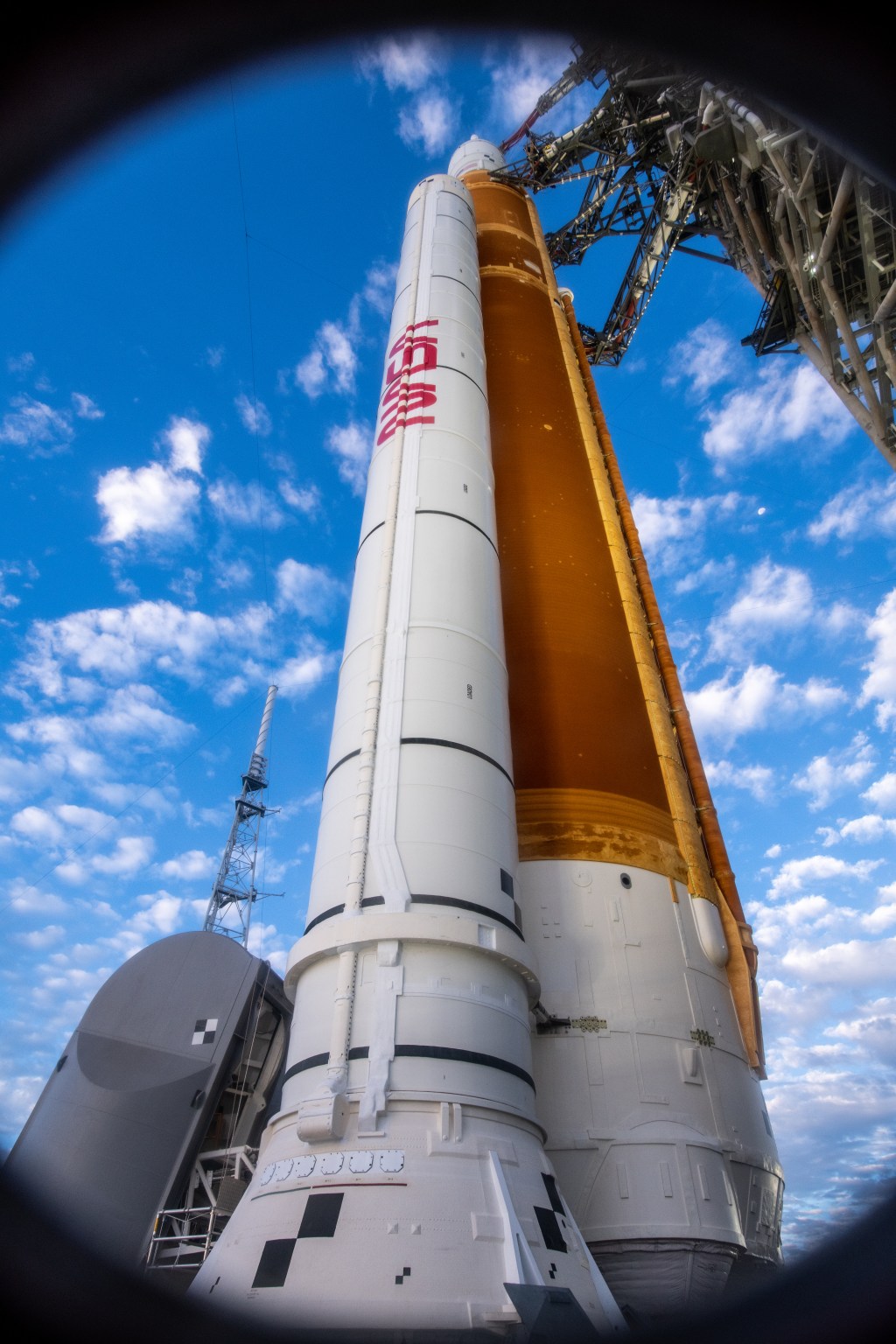Navigation
Spacecraft near and far need positioning, navigation, and timing data to successfully execute their science and exploration objectives. As part of NASA’s SCaN (Space Communications and Navigation) Program, ESC’s world-renowned space navigation experts are designing the satellite navigation systems and architectures of the future. ESC assists in the development of next generation space navigation systems that enhance the agency’s exploration capabilities, directly support NASA’s current Artemis missions, and lay the technological foundation for future human exploration of the Moon and Mars.
How does ESC support navigation?
Navigation Benefits
Innovation at Home and Beyond
Exploration and Space Communications provides missions with onboard and on Earth navigation support and technology innovations, enabling new mission capabilities including distributed space missions, in-space assembly, low-latency operations, lower reliance on ground assets, and reduced operations costs. In addition to its essential role in coordinating mission positioning and communications, ESC’s navigation project significantly benefits space exploration by reducing mission cost, schedule, and risk and increasing scientific return.
quick facts
Navigation News

NASA Explores Upper Limits of Global Navigation Systems for Artemis

Record-Breaking Satellite Advances NASA’s Exploration of High-Altitude GPS

NASA Navigation Tech Shows Timing Really Is Everything

NASA Tests Atomic Clock for Deep Space Navigation
The Lunar GNSS Receiver Experiment (LuGRE)
This technical paper provides an overview of LuGRE, a joint NASA-Italian Space Agency (ASI) payload, including its design, concept of operations, objectives, and simulated performance results. Written and presented in 2022 for the ION GNSS+ conference held in Denver, Colorado.
Read morePositioning, Navigation, and Timing Resources
Space Communications: 7 Things You Need to Know
NASA’s Space Communications and Navigation (SCaN) program enables this data exchange, whether it’s with astronauts aboard the International Space Station,…
Read the Story